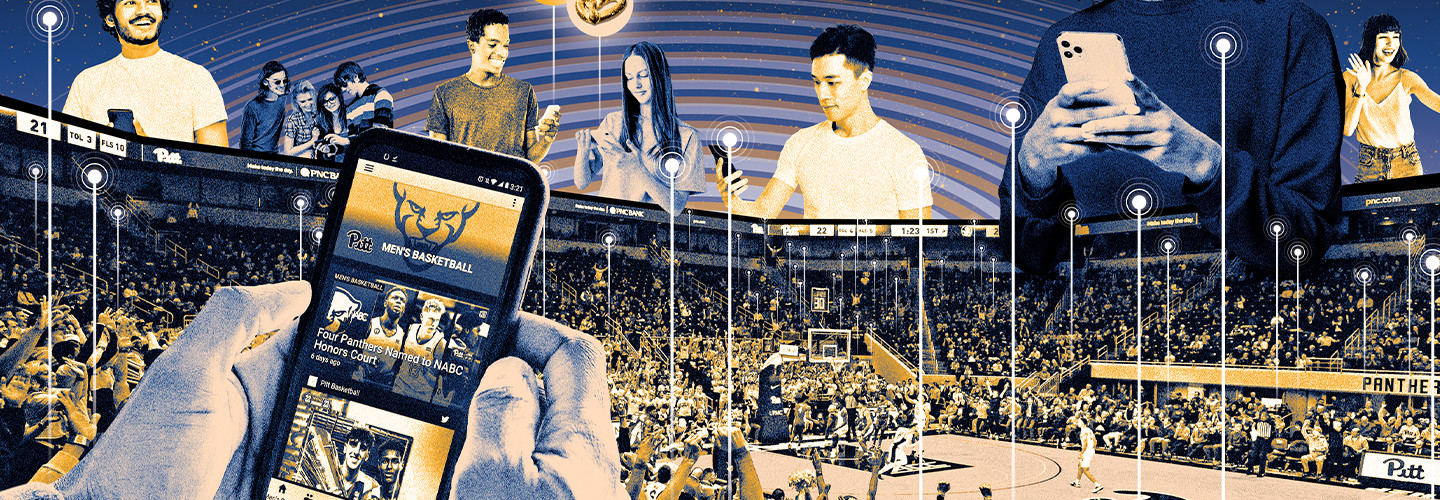Hardware Additions May Help Address Network Coverage Concerns
Pandemic pressures generally helped speed up higher ed sports venue connectivity efforts, according to Anthony Di Fino, deputy athletic director for external relations at the University of Cincinnati. The university still offers printed tickets for fans upon request, but largely transitioned in 2021 to digital versions fans can download to their Apple Wallet or Google Pay accounts.
Many universities, Di Fino says, have focused on placing Wi-Fi routers near stadium gates to ensure fans can download their tickets on the spot.
“That seems to be the largest issue when it comes to implementing this,” he says. “Once they get to the gate, if you don’t have Wi-Fi, or you have weak signals because of the number of phones that are around the gates on game day, it’s a struggle. It holds up lines.”
READ MORE: How the University of Michigan executed a network connectivity upgrade.
Establishing connectivity can pose challenges in older structures, which can be an issue for some colleges and universities. Cincinnati’s Nippert Stadium, for example, is more than 100 years old.
The University of Minnesota’s football stadium, meanwhile, was built in 2009, and its hockey arena was built in the early 1990s. Williams Arena, however, where the school’s basketball games are played, has been in use since 1928.












